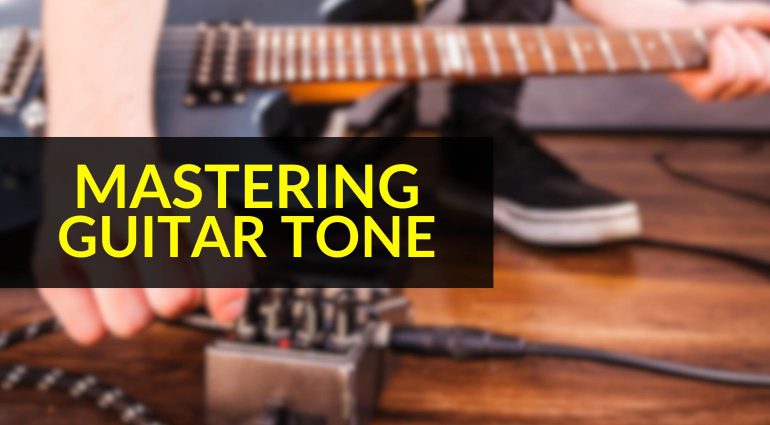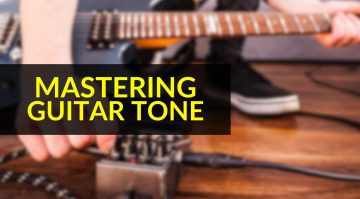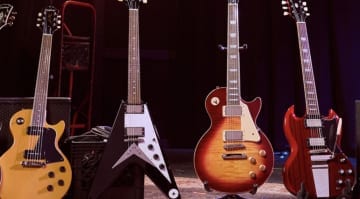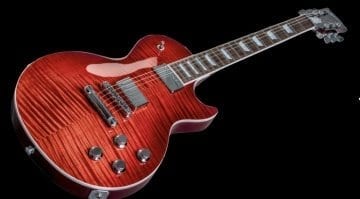Mastering Guitar Tone: Tips for crafting your signature sound
Equipment and techniques to purify your guitar tone
Getting the right guitar tone can feel like an endless quest. Here, we’ll showcase which techniques and gear you can use to master your own sound.
Mastering Guitar Tone: Tips for crafting your signature sound
Whether you’re a beginner or a seasoned pro, the alternate universe that is guitar tone can feel like a stab in the dark. Fortunately, there is an abundance of pedal and modelling trickery that does the hard work for you. And I’m not just talking about the insane mode on an old Line 6 Spider.
Just listen to some of your guitar heroes, they all have a signature sound. Whether they use the warm bluesy tones from a tube amp or prefer something crunchier with distortion pedals, they’ve all taken a step back to understand what they want from their guitar tone.
Naturally, it doesn’t just come down to what you plug into. There are ways we can shape our playing to achieve additional sounds. Let’s delve into how we can purify our sound.
Which Guitar?
Firstly, we need a guitar! This is essential. Feel free to use whatever you already have, whether it’s a beaten-up strat or an Ibanez out of the box. We’ll be looking at what different guitars will provide in the tone department.
Historically, different guitar sounds have been associated with different guitars. Styles and artists often reflect this. For instance, The Beach Boys favoured the twang of a Fender Stratocaster for a reverb-driven surf sound. Whereas Slash, of Guns N’ Roses, leaned towards the thick sustain of a Gibson Les Paul.
Knowing which guitar to go for will help you understand more about your guitar tone. With contrasting models having conflicting materials and features which have an overall impact on the tone.
Fender Stratocaster
On the shelves since 1954, the *Stratocaster was arguably ahead of its time. The fact that they’re still available 70 years later, virtually unchanged, is remarkable.

What gives you that signature strat sound? Explicitly, it comes from those three single-coil pickups. Each pickup adds a different layer to your guitar tone. With the bridge pickup providing some high-end terbble, the middle gives a similar level of attack with a bit more warmth, and the neck pickup provides a rich and creamy sound.
Having these three tones at your disposal is a game changer. Furthermore, you can use some of these pickups simultaneously to again level up your tone. Whilst also being able to reduce the bass and treble thanks to twin-tone knobs.


Gibson Les Paul – Heavier Guitar Tone
Looking for a heavier guitar tone? Well, the Les Paul is of a similar vintage to the aforementioned Strat but welcomes additional materials and pickups.
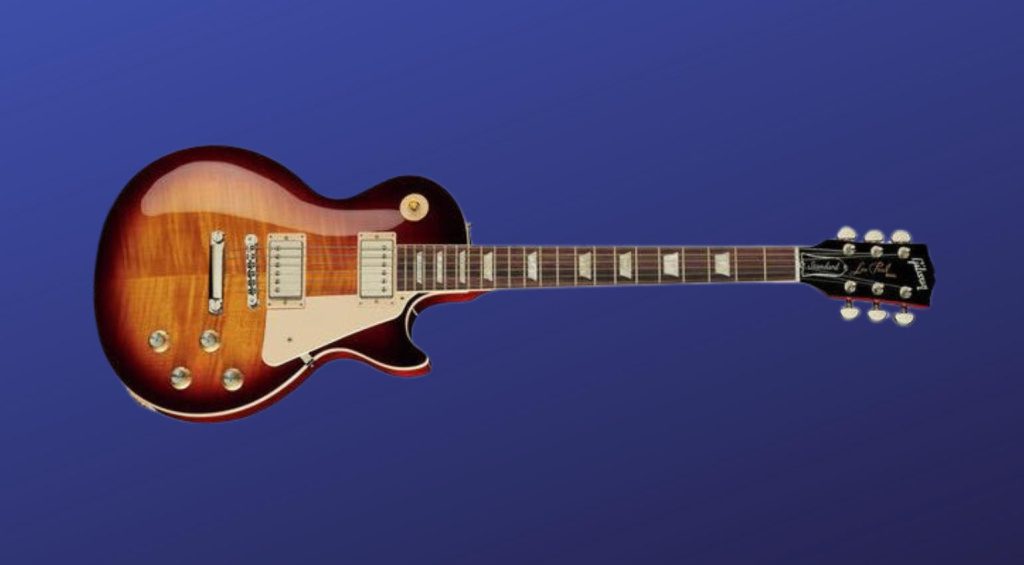
Understandably, you’d have to be pretty committed to put down a four-figure sum for one of these. But oh boy, are they worth it! Gibson uses a mahogany body, whereas our Strat uses alder wood. Regarding our guitar tone, the heavier wood provides a reflectivity heavier acoustic sound that carries more depth and resonance.
Power is dealt with via twin humbucking pickups. Overall, these are twice as powerful as a single coil unit. Therefore, you can achieve some great gain with a Les Paul as well as having greater control over cleaner sounds.
Moreover, the rosewood fingerboard houses 22 medium frets which are potentially better for bending compared to the Strat. I’m not saying the Strat is weak by any stretch of the imagination, but in terms of top trumps the Les Paul has the edge. However, it’s all about the emotion they give you as a player.


Which Amp for your Guitar Tone?
Which amplifier you use has a strong role in your overall guitar tone. Now that we’ve seen what single coils vs humbuckers can offer, it’d be good to look towards different types of amps.
Essentially, we need to consider what tonal characteristics different amps can provide. With solid state, tube and modelling amps being readily available it can be hard to know where to turn.
Potentially for the more traditional players out there, tube amps offer great support for rock players and provide a real deep sound. Whereas solid-state amps ditch the tubes. What does this mean for our guitar tone? Well, no matter how loud you go, the sound from the amp does not distort.
Marshall DSL40CR – Tube Amp
Let’s look at a few routes you can go down. Starting with this tube amp from Marshall. Aimed at giving players an affordable and practical route to getting the Dual Super Lead sound.
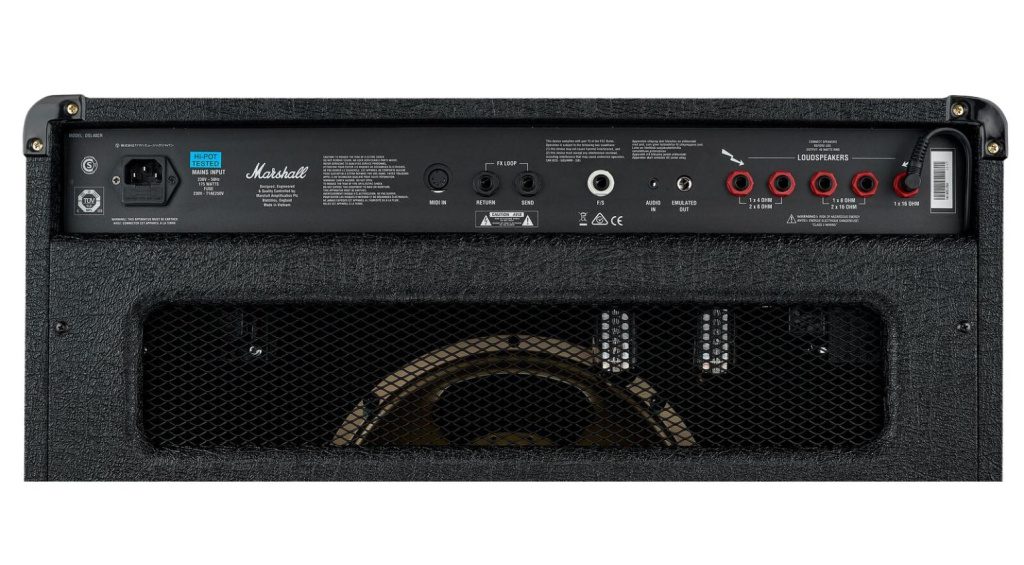
Straight away, we can benefit from 4x ECC83 preamp tubes, in addition to 2x EL34 power tubes. What does this mean for our guitar tone? Power, raw power folks.
As a standalone amp, this DSL40CR has clean and crunch modes, also comprising two lead modes with ultra gain. With 40 watts to play with, you’ll have clean and crisp sounds when playing quietly, with the option to truly crank it up to cut through the mix.
With independent volume, gain, bass, treble and mid controls you’ll be able to dial in whatever sound you prefer. Plenty of old-time rock n’ roll vibes.

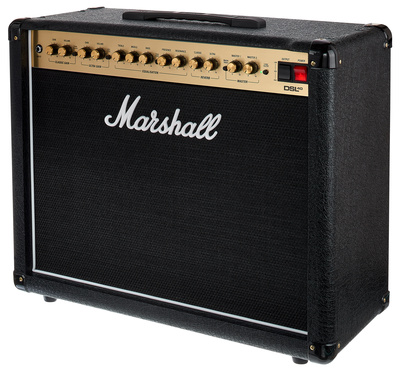
Boss Katana 50 MKII
Modelling amps are a fantastic halfway house for guitarists. They often house the authentic tones we know and love. All within an affordable, lightweight package. One such example is the Katana series from Boss.

Rather than taking your precious time to find what type of sound you’re looking for, this Katana does all the hard work for you! Pairing 5 varying amp types with 5 independent effects, all you need to do is turn the dial and start playing.
As well as being able to switch from 0.5, 25 and 50 watts and making use of overall EQ controls, you can benefit from:
- Boss Tone Studio
- Simultaneous Delay, Reverb and Boost
- Clean, Crunch, Lead, Brown and Acoustic

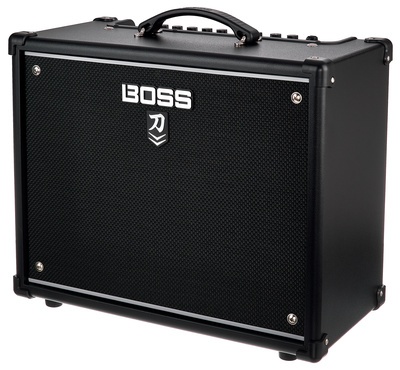
Blackstar Debut 50R – Solid State for Guitar Tone
Solid-state amplifiers are the best of both worlds. You won’t have to wait for any tubes to warm up, or compromise your tone when needing to turn up the volume. However, they still allow you to format your guitar tone to your bespoke requirements.
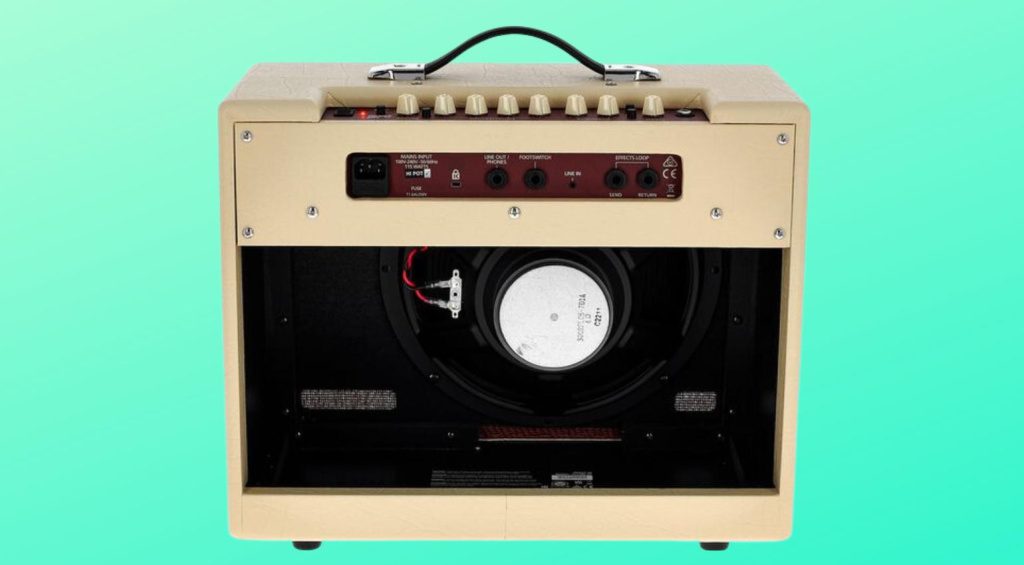
Similarly, we’ve got a 50-watt capacity, but this can be reduced to 5 watts for bedroom jamming. We’ve also got a single 12-inch speaker.
This amp would welcome a set of guitar pedals. With plenty of power, it’ll be relatively un-stressed. However, should you want to dial in that tone yourself, there are master volume, gain and reverb controls. Also, make use of a clean bright / overdrive switch for easily switching between sounds.

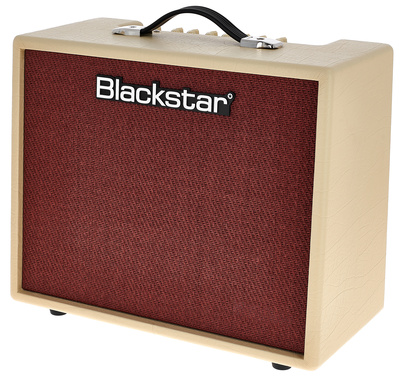
Dialing in your guitar tone
Following your choice of amp, you’ll want to take some time to dial in your optimum settings. By all means, allow this to change over time.
Adding extra bass, mids or treble can make a huge difference to your tone. Overall, these three dials will help to sculpt the frequency and response of your sound.
Experimenting with the gain, overdrive and overall volume will ultimately add warmth and or aggression to your tone. However, you can still have a tone flooded with gain, but by turning the volume down on your guitar you’ll have a clean tone with plenty in reserve.
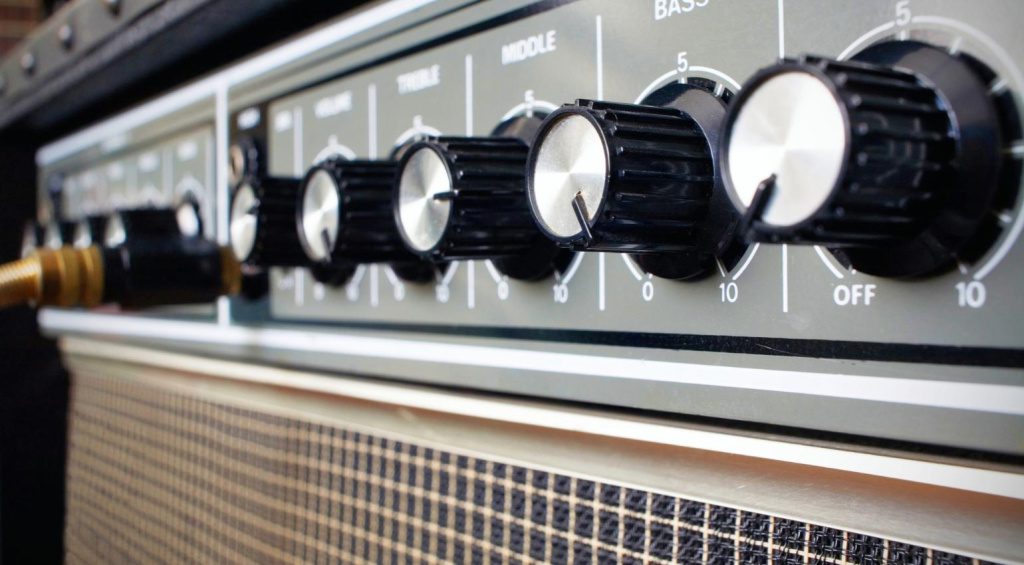
Techniques for Guitar Tone
Often overlooked, but how you play the guitar will also have a huge influence on your guitar tone. Just take Brain May, he uses a coin instead of a pick.
There are plenty of ways to adjust and perfect your guitar techniques. Varying picking techniques such as alternate, finger and hybrid will help to achieve different tonal textures.
Furthermore, palm muting and string bending allow you to express different dynamics and emotions. Why not check out some of our guides on various guitar techniques:
Mastering Guitar Tone: All the gear and no idea?
A good guitar tone is defined by whom may be listening. Some sounds are not to everyone’s taste. However, you can craft your sound with your techniques, guitar and amp. Moreover, guitar pedals have a healthy decision in what kind of tone you end up with.
Thankfully, we have plenty of information on guitar pedals here at Gearnews.
Video:
Further Information:
*This post contains affiliate links and/or widgets. When you buy a product via our affiliate partner, we receive a small commission that helps support what we do. Don’t worry, you pay the same price. Thanks for your support!
- Mastering Guitar Tone: Fender Stratocaster : Thomann
- Mastering Guitar Tone: Gibson Les Paul Standard : Thomann
- Mastering Guitar Tone: Marshall DSL40 CR : Thomann
- Mastering Guitar Tone: Boss Katana 50 MKII : Thomann
- Mastering Guitar Tone: Blackstar Debut 50R : Thomann

 4,1 / 5,0 |
4,1 / 5,0 | 